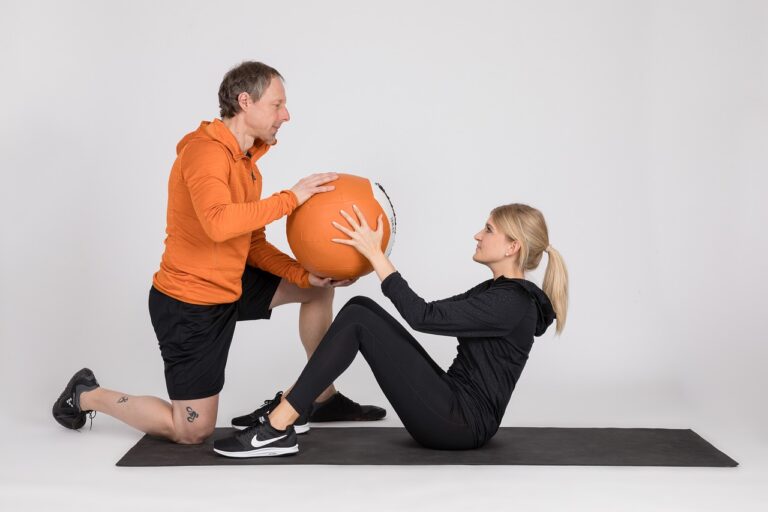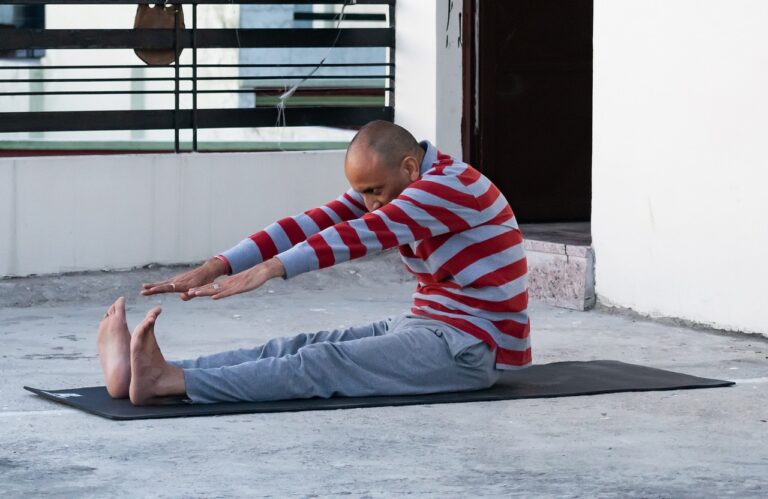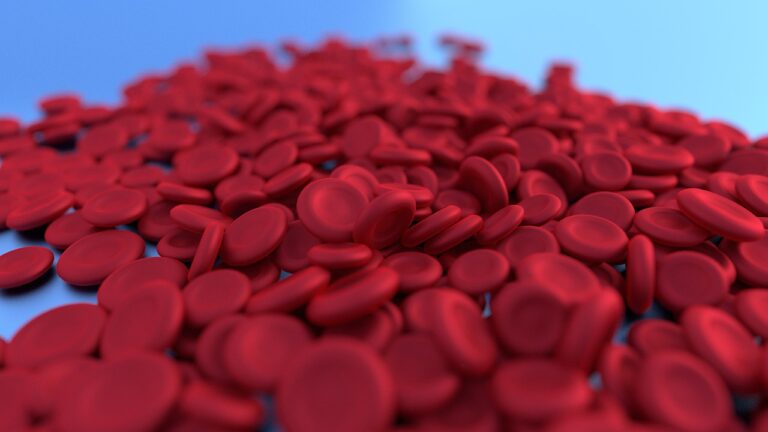Techniques for autologous dermal regeneration in burn reconstruction: Allpaanel com mahadev book, Playexchange99, Gold365 login
allpaanel com mahadev book, playexchange99, gold365 login: Burn injuries can be devastating, both physically and emotionally. One of the key challenges in burn reconstruction is achieving optimal dermal regeneration. Autologous dermal regeneration is a technique that uses the patient’s own skin cells to promote healing and minimize scarring. In this blog post, we will explore various techniques for autologous dermal regeneration in burn reconstruction.
Introduction to Autologous Dermal Regeneration
Autologous dermal regeneration involves taking a small sample of the patient’s healthy skin cells and using them to regenerate new skin on the site of the burn injury. This technique has gained popularity in burn reconstruction due to its effectiveness in promoting faster healing and reducing scarring.
Techniques for Autologous Dermal Regeneration
1. Split-Thickness Skin Grafts: In this technique, a thin layer of skin is taken from an unaffected area of the patient’s body and transplanted onto the burn site. This helps to promote the growth of new skin cells and reduce scarring.
2. Full-Thickness Skin Grafts: Unlike split-thickness skin grafts, full-thickness skin grafts involve transplanting a thicker layer of skin that includes the epidermis and dermis. This technique is often used for deeper burn injuries to promote better healing and reduce the risk of infection.
3. Cultured Epidermal Autografts: Cultured epidermal autografts involve taking a small sample of the patient’s skin cells, growing them in a laboratory, and then transplanting them onto the burn site. This technique is particularly effective for patients with extensive burn injuries.
4. Dermal Substitutes: Dermal substitutes are bioengineered materials that mimic the structure of human skin. These substitutes can be used to promote dermal regeneration and can be combined with the patient’s own skin cells for optimal results.
5. Platelet-Rich Plasma (PRP) Therapy: PRP therapy involves injecting the patient’s own platelet-rich plasma into the burn site to promote healing and reduce scarring. This technique has shown promising results in promoting dermal regeneration in burn reconstruction.
6. Microneedling: Microneedling is a minimally invasive technique that involves creating tiny punctures in the skin to stimulate collagen production and promote skin regeneration. This technique can be combined with autologous dermal regeneration for enhanced results.
FAQs
1. Is autologous dermal regeneration painful?
Autologous dermal regeneration techniques may cause some discomfort during the initial stages, but pain is usually well managed with medication and proper wound care.
2. How long does it take to see results with autologous dermal regeneration?
The timeline for results may vary depending on the severity of the burn injury and the specific technique used. In general, patients can expect to see visible improvements in skin regeneration within a few weeks to months.
3. Are there any risks associated with autologous dermal regeneration?
Like any medical procedure, autologous dermal regeneration techniques carry a small risk of infection, scarring, or allergic reactions. It is important to discuss these risks with your healthcare provider before undergoing treatment.
In conclusion, autologous dermal regeneration techniques offer promising solutions for burn reconstruction by promoting faster healing and minimizing scarring. By exploring the various techniques mentioned in this blog post, patients can make informed decisions about their treatment options and achieve optimal results in their recovery journey.







